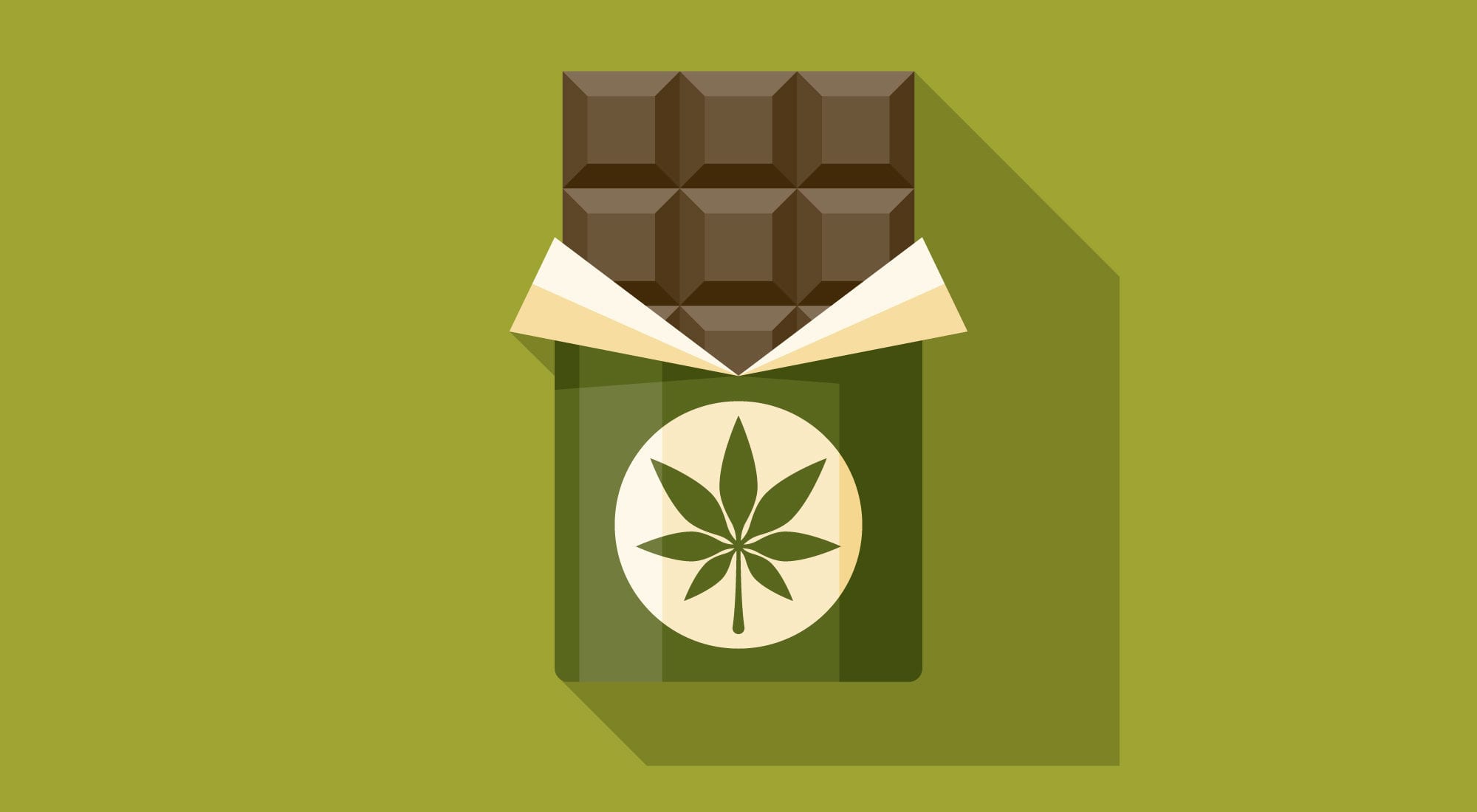As Canada continues to adjust to legal cannabis, another major change is on the way. Cannabis edibles—foods and beverages that contain THC, the active ingredient in marijuana—will soon be permitted for sale.
This was always the plan. Last year, the Cannabis Act sanctioned the sale and use of cannabis flowers and oils; it also established that edibles, extracts and “topicals” such as lotions would be allowed on store shelves as early as December 2019. (It’s already legal for Canadians to make edibles at home.) But the widespread availability of pot treats promises to create new realities for consumers of legal cannabis.
A SLUGGISH START
Dried cannabis, the kind you smoke, has a quick effect on a user’s mental state. But edibles, such as gummies or brownies, take time to kick in. Your digestive track slowly absorbs the THC, so the time between eating a cannabis treat and feeling its effects can be an hour or more.
“You might eat a cannabis brownie and not feel anything, so you decide to go somewhere,” says Douglas Beirness, senior research and policy analyst at the Canadian Centre on Substance Abuse and Addiction. “The impairing effects could then arise while you’re driving.”
MORE TO READ
Everything you need to know about cannabis and driving in Alberta
If you want to nibble on an edible, it’s imperative to think ahead. “People should be aware that edibles do have a different effect on you,” says Jeff Kasbrick, vice-president of government and stakeholder relations at AMA. “Just because you may not experience an immediate high doesn’t mean it’s okay to get behind the wheel.” To be safe, always use a taxi or ride-sharing service, or a designated driver.
SIZING THINGS UP
Edibles’ delayed effects, combined with their appealing flavour, also increase the chance of overindulging. Between 2014 and 2016, edibles accounted for about 11 percent of cannabis-related emergency room visits to UCHealth University of Colorado Hospital. (Colorado legalized cannabis in 2012.) That may not seem like a lot, but considering edibles made up less than one percent of cannabis sales in the state, the hospitalization rate is disproportionate. Patients complained of severe intoxication, plus psychiatric and cardiovascular symptoms—all known effects of cannabis overuse.
MORE TO READ
Travelling with cannabis in Canada and abroad
Canadian regulations aim to limit excessive consumption. A single package of store-bought cannabis edibles may have no more than 10 mg of THC—a low dose for most adults. Each serving must be individually wrapped, which may discourage users from ingesting more than they can handle. Manufacturers and retailers are also prohibited from making health claims about their products, and from mixing them with stimulating additives like caffeine or nicotine. And all products will be assessed to ensure they are not packaged or promoted in a way that could appeal to children.
ENFORCEMENT IN EFFECT
Though edibles will likely change how users consume cannabis, the rules of the road remain the same: If you’re impaired, don’t drive. Alberta’s traffic laws make no distinction between edibles and other forms of cannabis. Anyone caught driving under the influence is subject to a three-day vehicle seizure and a 90-day licence suspension, among other penalties. Impaired drivers could also face federal Criminal Code penalties—from $1,000-plus fines to imprisonment.
“Whether it’s drinking alcohol, smoking cannabis or eating it, the message is the same,” Kasbrick says. “They don’t mix with driving.”
